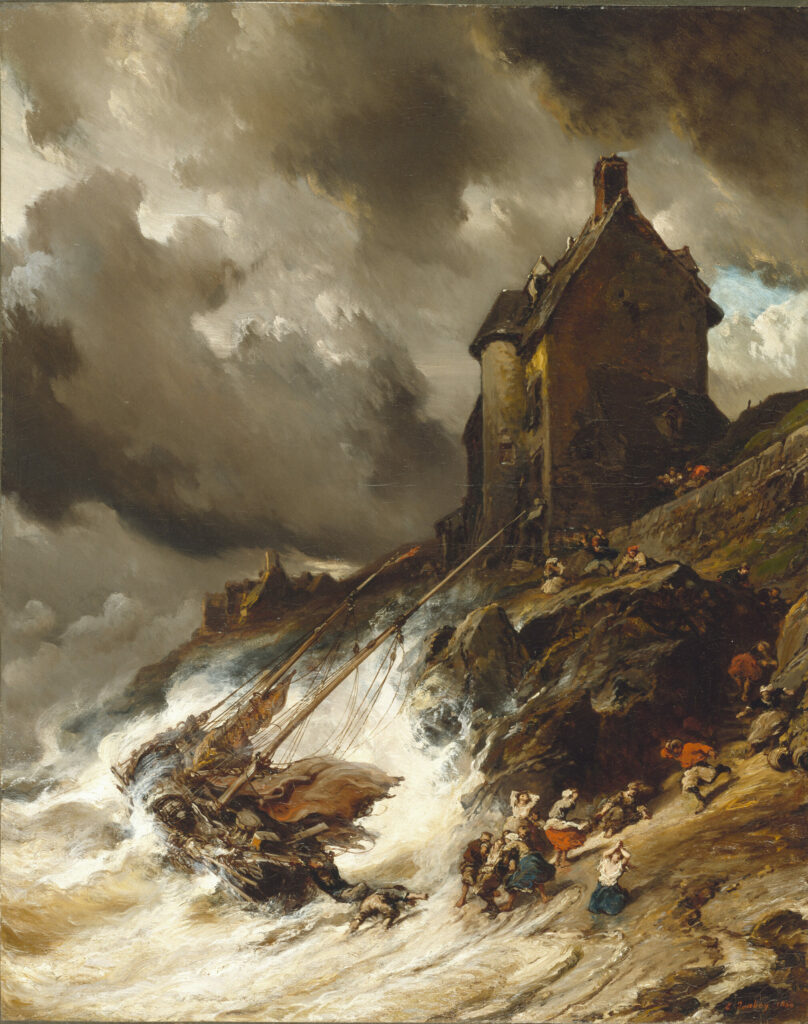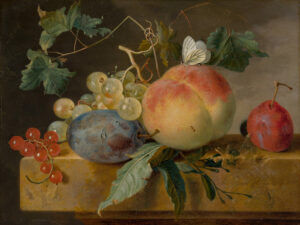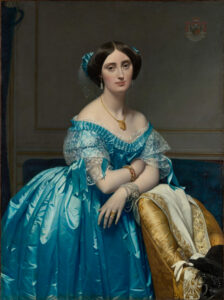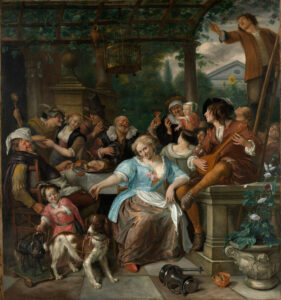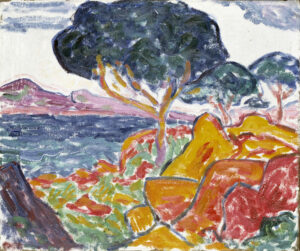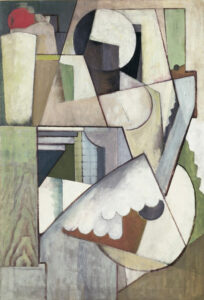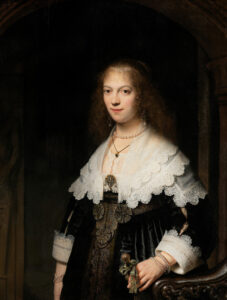What a masterful orchestration of nature’s unleashed forces! Isabey plunges us into the poignant drama of a shipwreck on an inhospitable coast.
Beneath threatening skies where heavy, leaden-toned clouds collide, a vessel breaks apart against jagged reefs while villagers work frantically to rescue the survivors. The composition is constructed along a diagonal that draws the eye from the house perched on the cliff down to the tumultuous waters where the craft lies dying.
The brushwork is vibrant, almost feverish, truthfully conveying the violence of the elements. The palette, dominated by ochres and silvery grays punctuated by vermillion flashes from the rescuers’ clothing, reinforces the tragic atmosphere of this scene where humanity confronts its destiny in an unequal battle against the elements.
Object Information
- Artist: Eugène Louis Gabriel Isabey
- Title: The Wreck, 1854
- Medium: Oil on canvas
- Dimensions: 96.5 × 76.2 cm (38 × 30 inches)
- Collection: Detroit Institute of Arts, Gift of Edward Chandler Walker, 07.14
- https://dia.org/collection/wreck-49084
Eugène Louis Gabriel Isabey (1803-1886), son of miniaturist Jean-Baptiste Isabey, established himself as one of the masters of French Romantic marine painting. Admired by Delacroix, who recognized him as an exceptional colorist, Isabey developed a distinctive vision of maritime landscape that privileged moments of dramatic tension and tormented atmospheres. His travels through Normandy and Brittany inspired these scenes of shipwrecks and storms where the sea becomes the theater of intense human dramas.
His pictorial technique, characterized by nervous brushstrokes and bold impasto, anticipates certain aspects of Impressionism while remaining deeply rooted in Romantic aesthetics. As an official painter of the Navy, decorator, and lithographer, Isabey was among the first to explore the expressive potential of maritime ruins and ancient port cities, establishing a visual vocabulary that would influence subsequent generations of marine painters.

